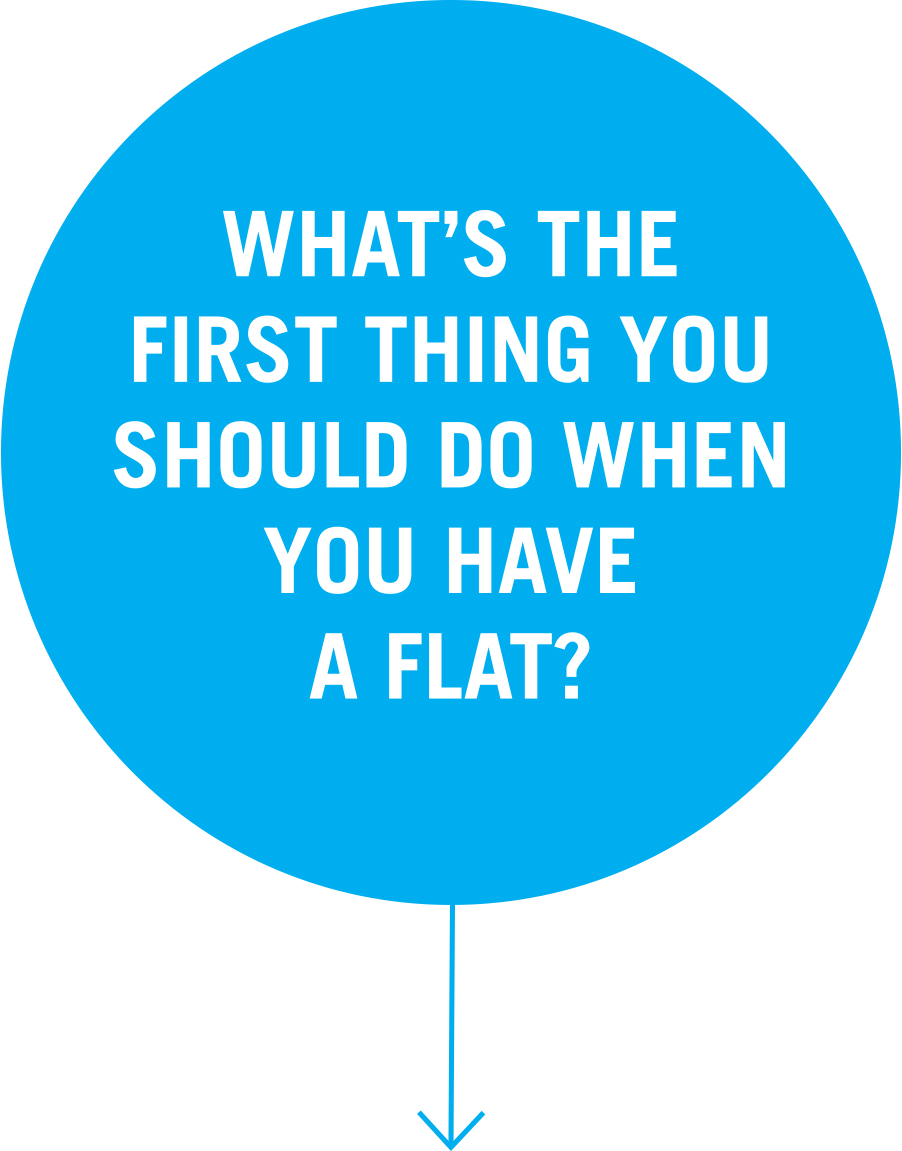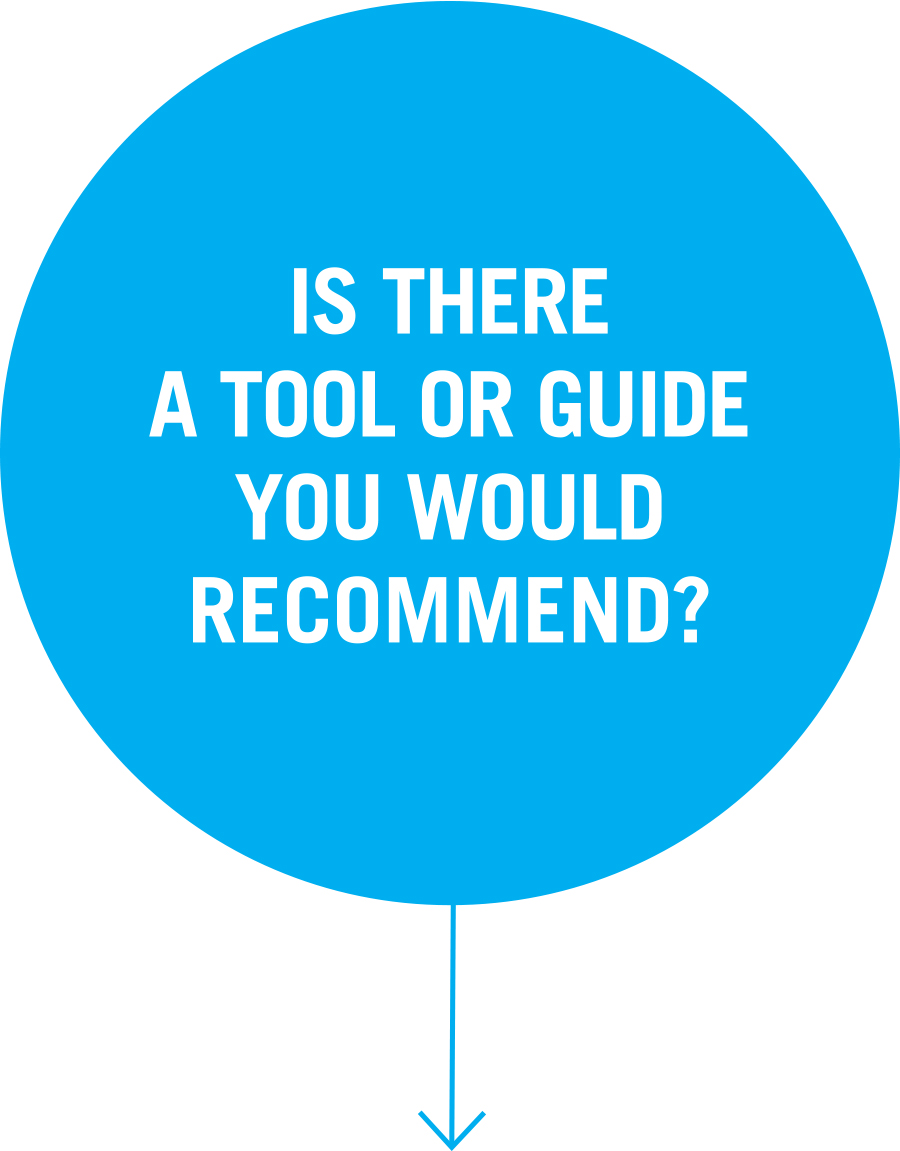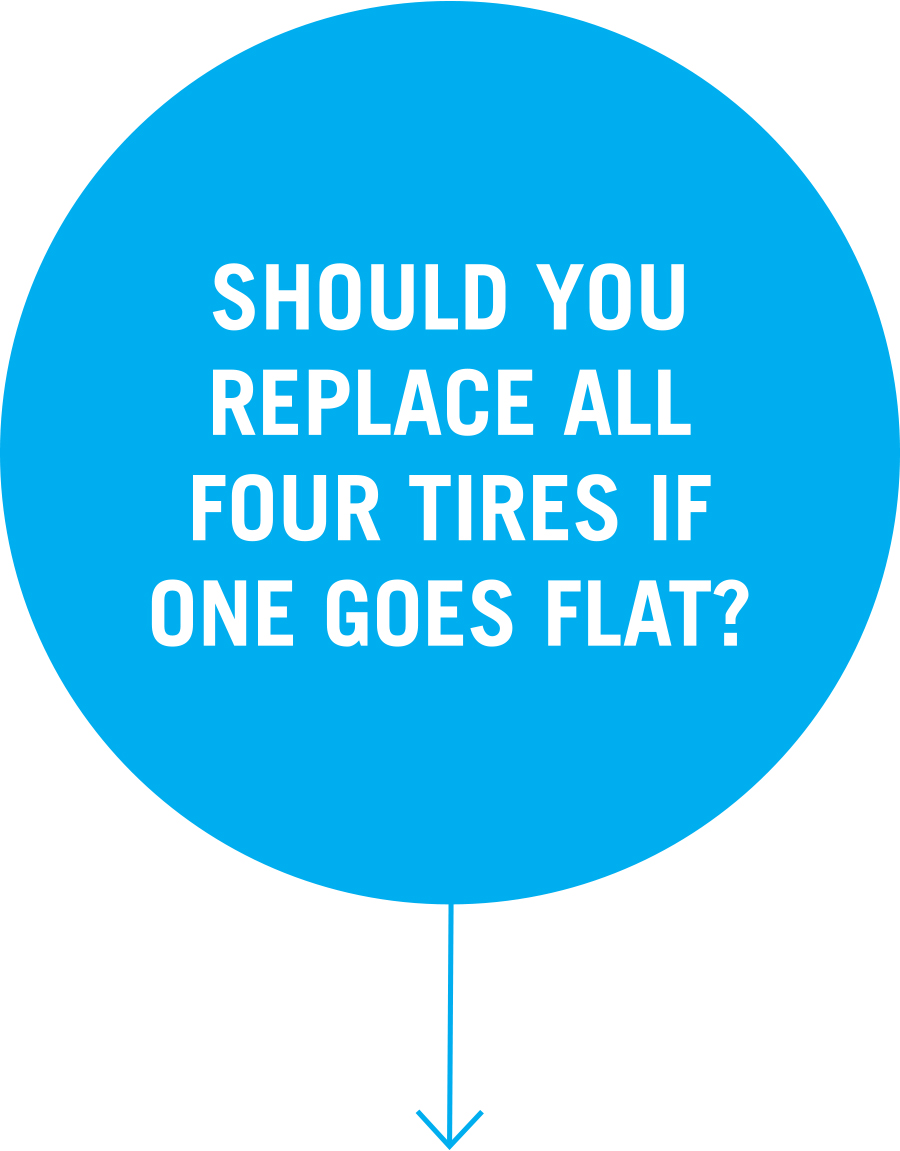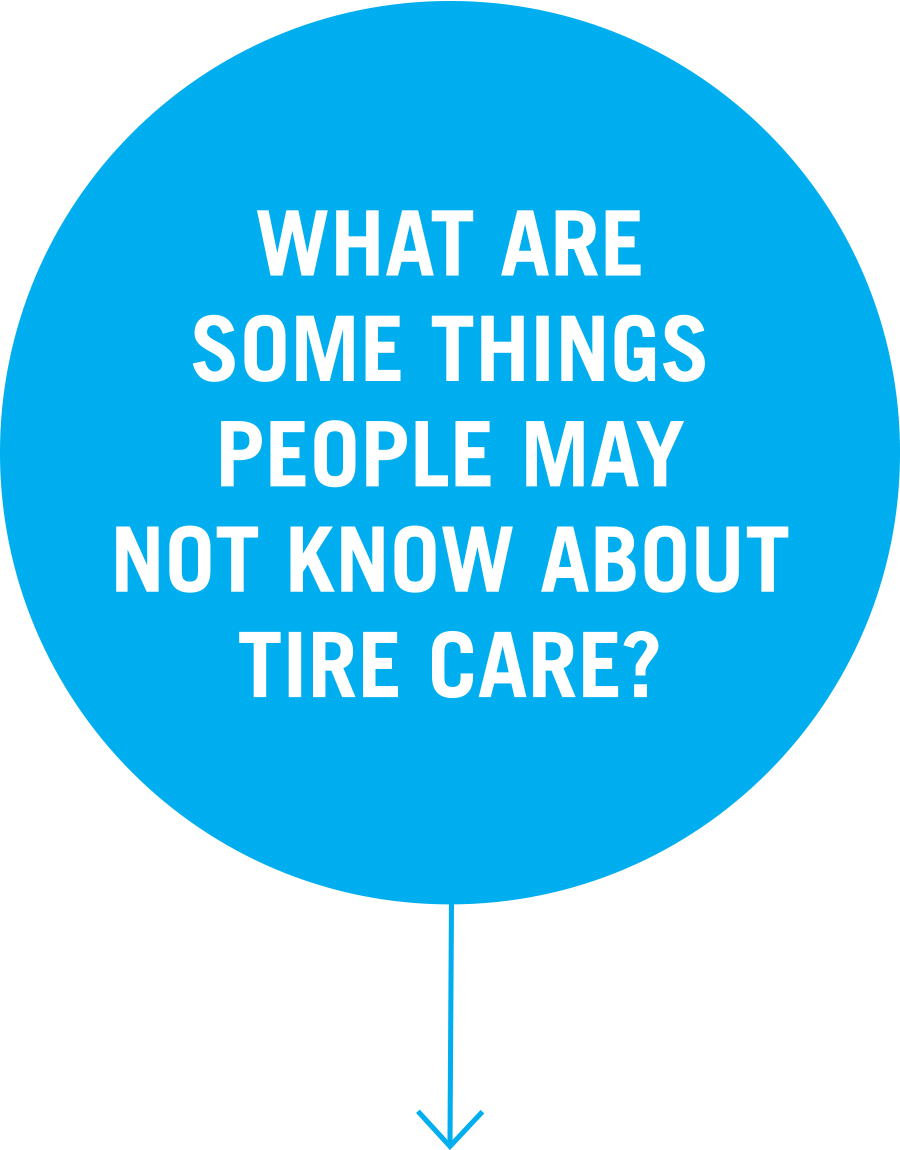
Keeping Your Tires On Track

Illustration: Joel Kimmel
 For 34 years fleet supervisor Rex Cutchall has been keeping the wheels turning on Bucknell’s now 186 cars, trucks, vans and Gator utility vehicles. Cutchall, a recipient this spring of the John F. Zeller Memorial Award for support staff excellence, shares tips on changing flats and other tire care.
For 34 years fleet supervisor Rex Cutchall has been keeping the wheels turning on Bucknell’s now 186 cars, trucks, vans and Gator utility vehicles. Cutchall, a recipient this spring of the John F. Zeller Memorial Award for support staff excellence, shares tips on changing flats and other tire care.
Get off the road as far as you can. Put your four-way flashers and emergency brake on. You need to be on solid ground. If you see your jack sinking in, you need to stop. You’re better off trying to get hold of AAA. After the jack is secure, loosen the lug nuts, then jack the car all the way up until the tire is off the ground. When installing the spare tire, make sure you put the wheel and tire on straight. Tighten each wheel nut just enough to be snug against the drum or spindle, then tighten each nut in a Z pattern as tight as you can.

I have a four-way lug wrench. It has two handles instead of one. You have so much more control than you do with the one your car manufacturer gives you. And don’t forget to look in your owners’ manual. It will tell you a lot of stuff you need to know.

If one tire goes flat and can be repaired, you repair the tire. However, if you are driving a four-wheel or all-wheel vehicle and your tire goes flat and can’t be repaired, you should replace all four. Naturally, if you just bought four new tires and punctured one beyond repair, you would only have to buy one new tire.

In the Bucknell fleet we rotate tires every 4,000 miles. When you put air in the tire, don’t go by what the tire has written on it. All vehicles have a sticker that will tell you how much air your tires need, and your manual should show you too. Your manual or sticker, normally located on the edge of the driver’s-side door or door pillar, might say 29 pounds for the front and 33 for the rear. You read what’s on the tire, and it might say 51 pounds, almost 20 pounds different. Don’t go by what’s on that tire. It’s a safety factor.